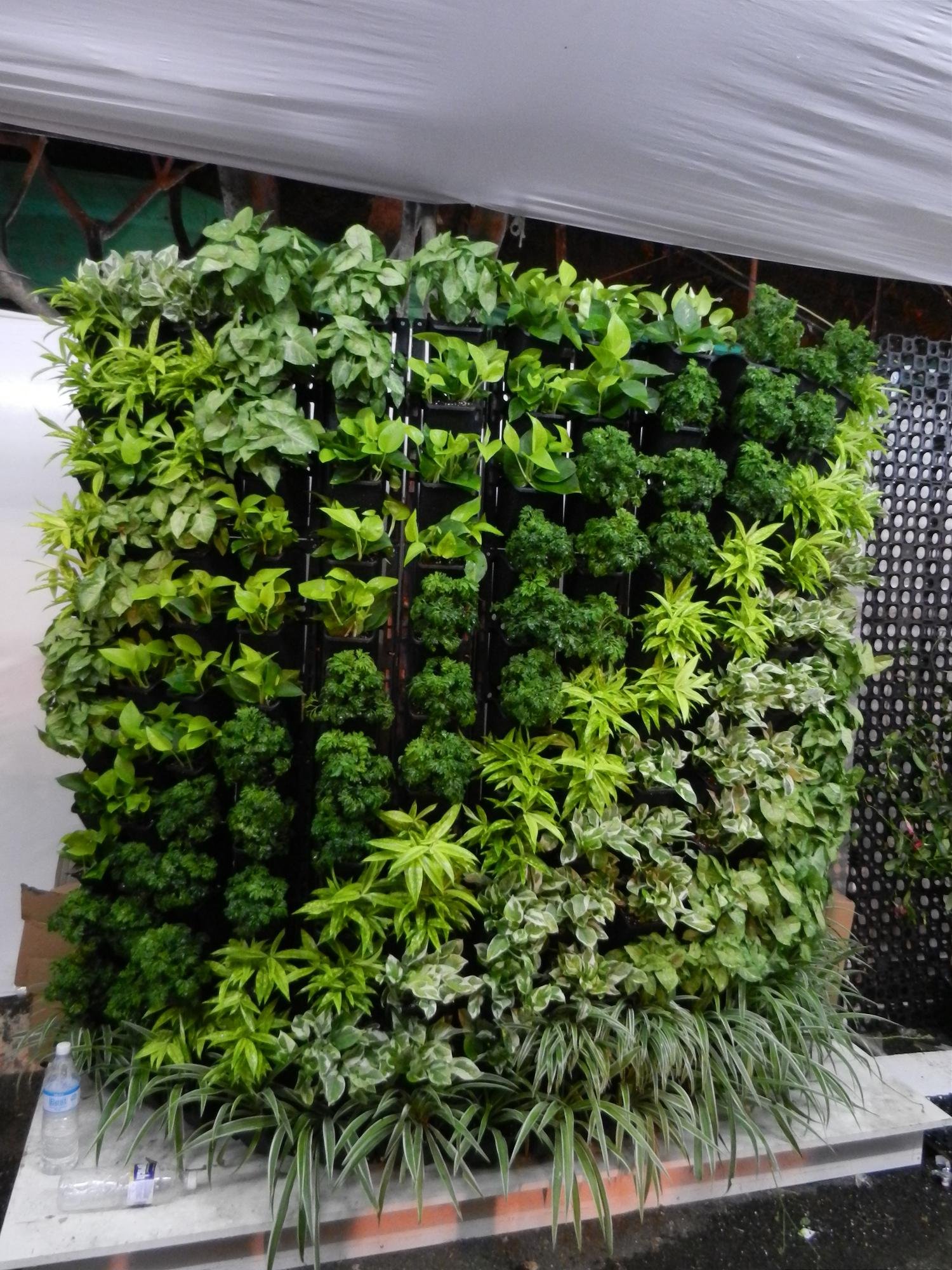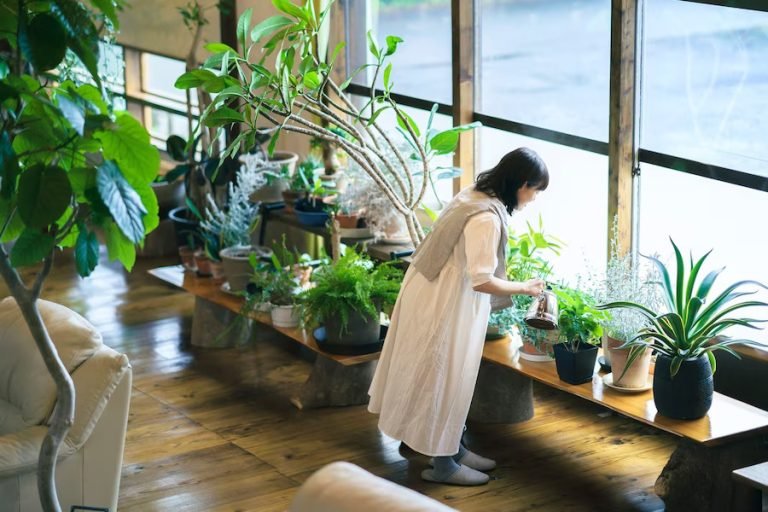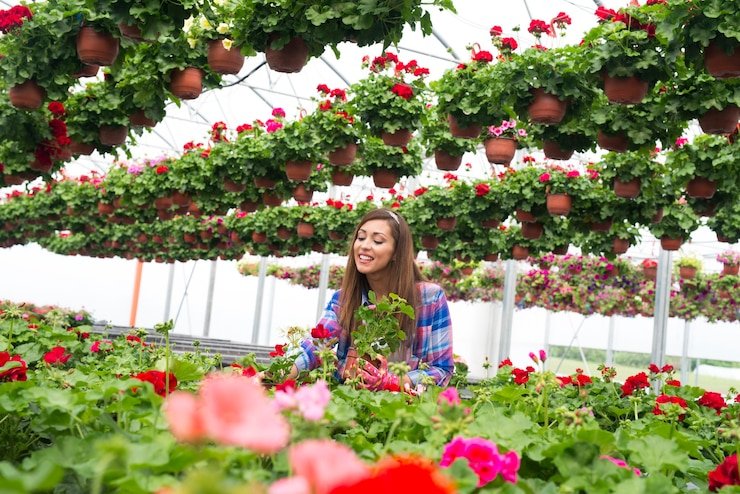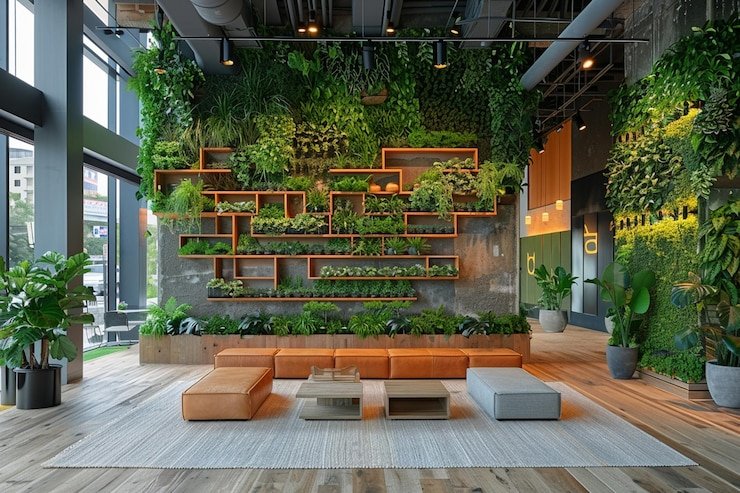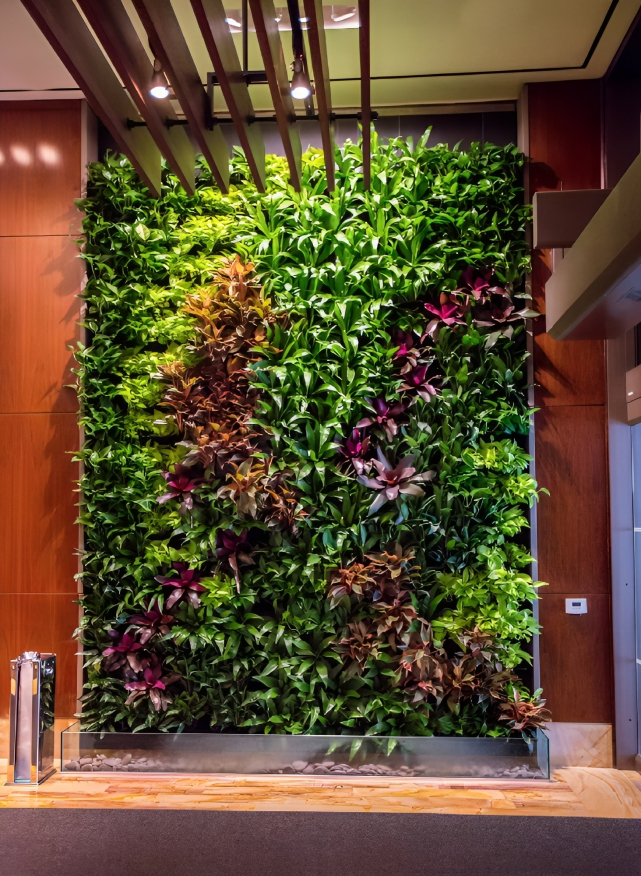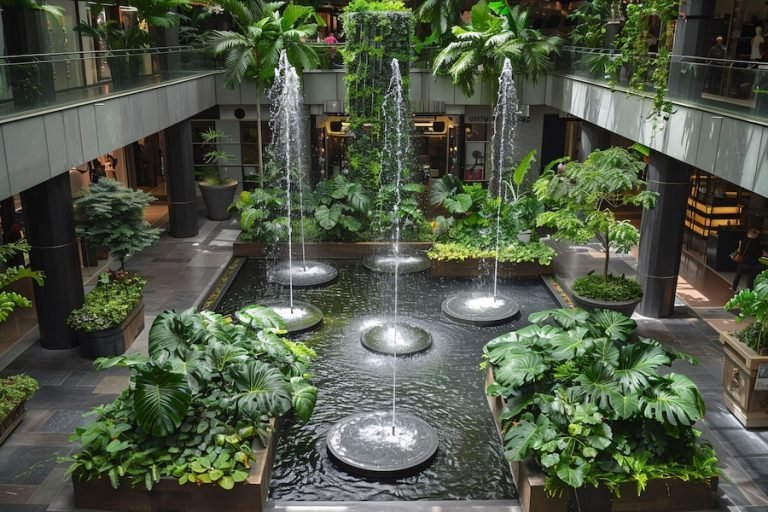Enhancing Spaces: The Art and Benefits of Interior Landscaping.
In the hustle and bustle of modern life, individuals are increasingly seeking ways to create harmonious and tranquil environments within their living and working spaces. One innovative and aesthetically pleasing solution gaining popularity is interior landscaping. This practice involves incorporating live plants and greenery into interior spaces, transforming them into vibrant and refreshing sanctuaries. In this article, we explore the art of interior landscaping, its benefits, and how it contributes to the overall well-being of users.
To Know More About It Please Click Here
The Art of Interior Landscaping
Interior landscaping goes beyond simply placing potted plants in a room; it is an art that involves thoughtful design, plant selection, and maintenance. Designers carefully choose plants that not only complement the aesthetic of the space but also thrive in the specific environmental conditions indoors. Factors such as lighting, temperature, and humidity play crucial roles in determining the types of plants that will flourish within a given interior.
Strategic placement of greenery can transform a sterile office environment or a plain living space into a lively, visually appealing area. The choice of containers, planters, and other decorative elements further adds to the overall design, creating a cohesive and inviting atmosphere.
Benefits of Interior Landscaping
- Improved Air Quality: Plants are natural air purifiers, removing pollutants and toxins from the air. Incorporating them into indoor spaces can significantly enhance air quality, reducing the concentration of harmful substances and promoting a healthier living or working environment.
- Enhanced Well-being: Studies have shown that exposure to nature, even in the form of indoor plants, has positive effects on mental health and well-being. Interior landscaping can contribute to stress reduction, increased productivity, and improved mood, creating spaces that promote a sense of calm and relaxation.
- Increased Productivity: In workspaces, the introduction of interior landscaping has been linked to higher levels of productivity and creativity among employees. The presence of plants has been shown to reduce fatigue and improve concentration, creating a more conducive and enjoyable work atmosphere.
- Noise Reduction: Certain plants can help absorb sound and reduce noise levels in indoor environments. This is particularly beneficial in open office spaces or residential areas, where excessive noise can be a source of stress and distraction.
- Aesthetic Appeal: Interior landscaping adds a touch of natural beauty to any space. The visual appeal of lush greenery and vibrant flowers can create a more inviting and pleasant atmosphere, making the space more enjoyable for users and visitors alike.
Maintenance and Care
While the benefits of interior landscaping are plentiful, it’s essential to note that proper maintenance is crucial to ensure the longevity of the plants and the continued positive impact on the space. Regular watering, appropriate lighting, and attention to individual plant requirements are essential aspects of successful interior landscaping.
To Know More About It Please Click Here
Conclusion
Interior landscaping is more than just a trend; it’s a holistic approach to creating healthier, more aesthetically pleasing indoor spaces. Whether in homes, offices, or public places, the integration of live plants into interior design not only enhances the visual appeal but also contributes to the physical and mental well-being of users. As the appreciation for green spaces within buildings continues to grow, interior landscaping stands as a testament to the enduring connection between humans and nature.
